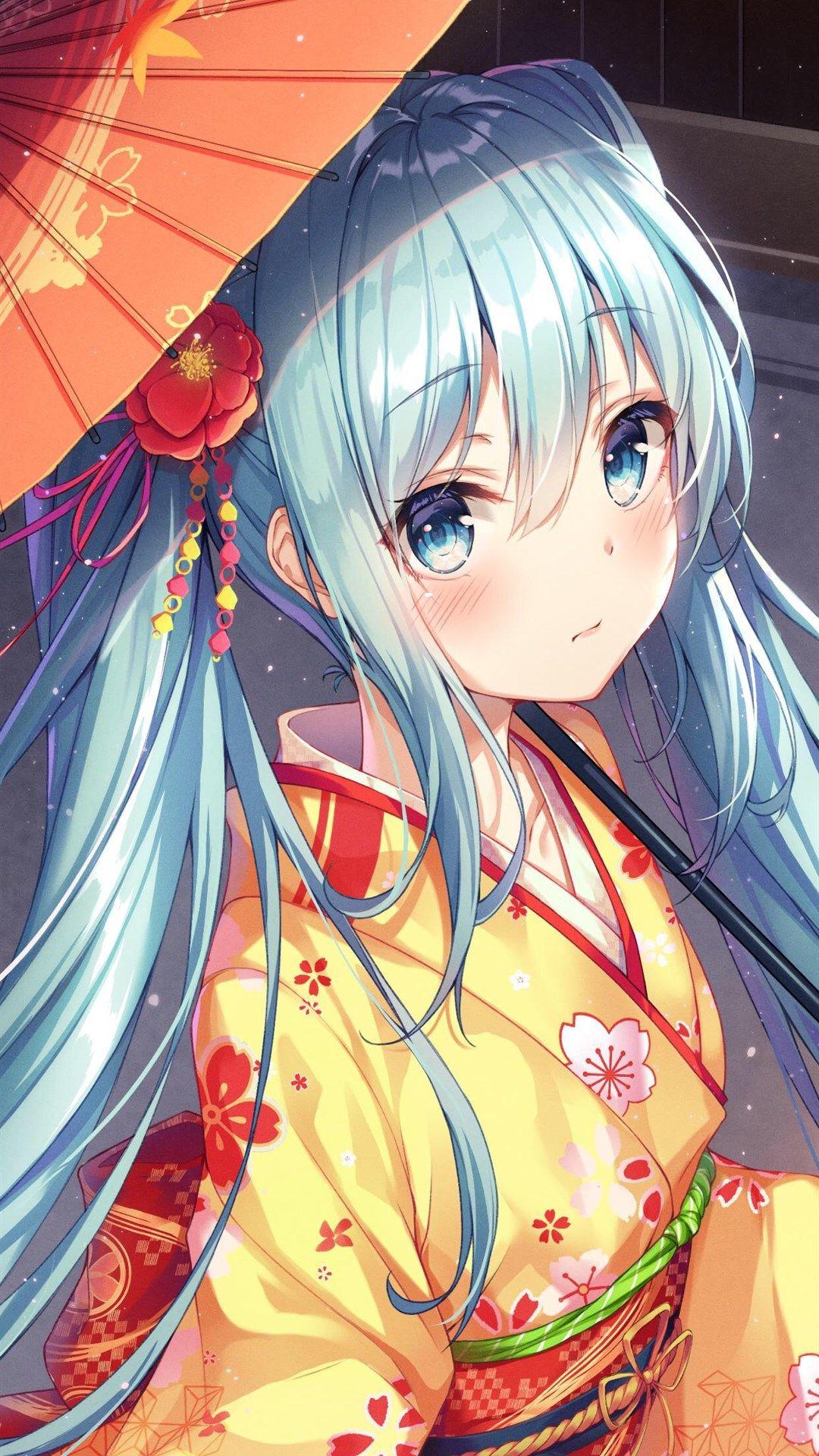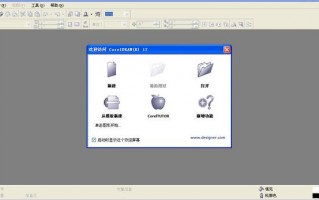1. The Hook: Drawing Audiences In
Every great short play begins with a hook—a moment that grabs attention and sets the tone. Anime excels at this, often using:

2. Character Archetypes with a Twist
Anime thrives on iconic character types—the hotheaded hero, the cool rival, the quirky sidekick—but originality is key. Consider:

SEO Note: Keywords like "anime short play script," "English anime theatre," and "how to write anime dialogues" are naturally integrated for discoverability.
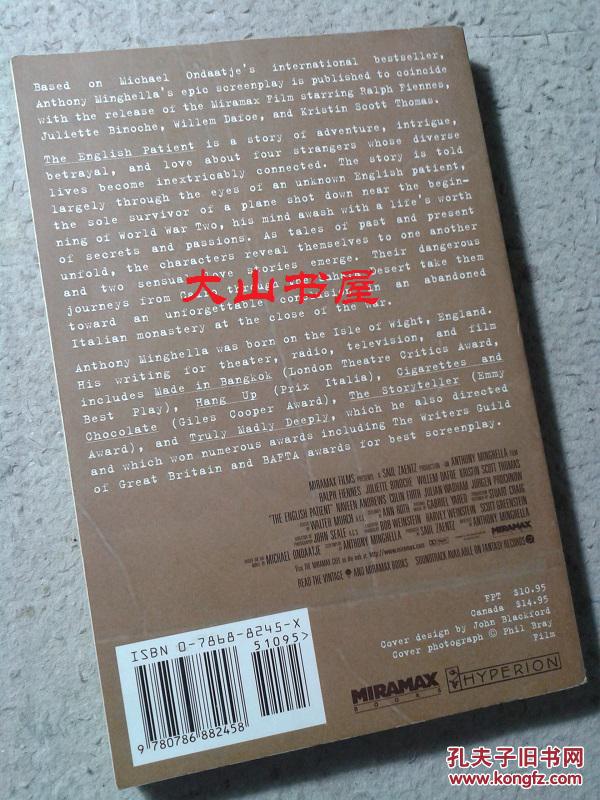
- Lina K. (Theatre Director) : "The emphasis on pacing is spot-on. Anime’s rhythm is hard to replicate live, but this guide bridges the gap brilliantly."
- Marcus T. (Anime Blogger) : "I’d love more examples of blending genres—like a mecha pilot in a corporate drama. Still, a solid primer!"
- Sophie R. (Playwright) : "The ‘hook’ section is gold. Modern audiences have short attention spans; this nails how to grab them."
Final Thought
Writing anime-inspired English short plays is about balancing homage and innovation. By studying anime’s storytelling tricks and adapting them for the stage, you’ll create scripts that resonate with fans and newcomers alike. Now, go forth—your next masterpiece awaits!
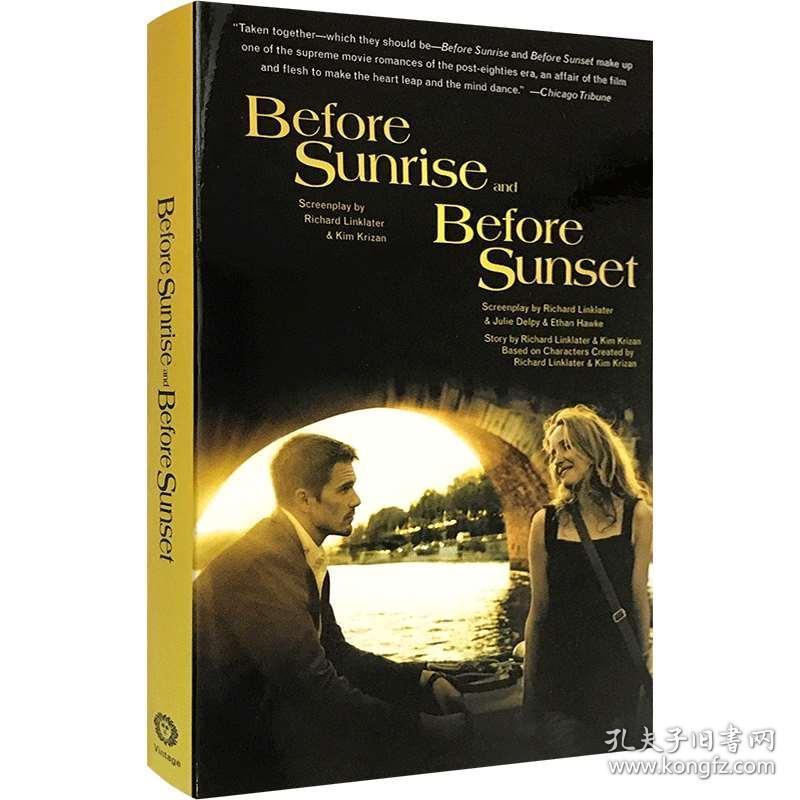
What’s your favorite anime trope to adapt? Share your script ideas in the comments!
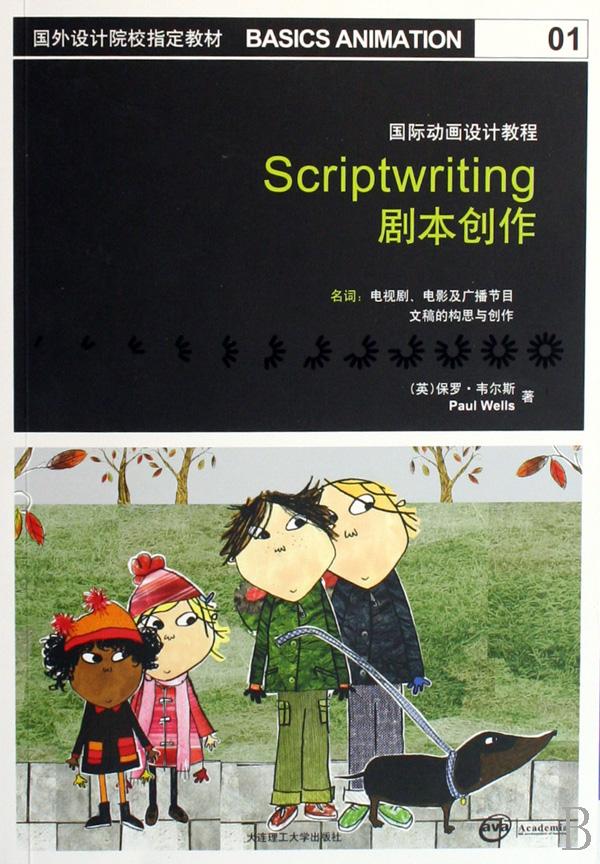
The world of anime-inspired English short play scripts is a vibrant fusion of Eastern storytelling and Western theatrical expression. Whether youre a budding playwright or a seasoned scriptwriter, mastering this niche requires a deep understanding of character dynamics, pacing, and cultural nuance. In this guide, we’ll explore the essential elements of crafting a compelling script, from hooking your audience to delivering a satisfying climax—all while keeping the spirit of anime alive.
- Raise stakes early (e.g., "If we lose, the world ends in 10 minutes!").
- Echo the hook (e.g., the prophecy revealed to be a misunderstanding).
- Leave room for sequels—audiences love unresolved threads (e.g., a shadowy figure watching the aftermath).
Critics’ Corner: Expert Reviews
To wrap up, here’s how industry insiders might critique this approach:
- Rapid-fire exchanges for comedy or tension.
- Monologues sparingly—anime’s "power-up speeches" work if condensed.
- Cliffhangers at scene ends to keep viewers engaged (e.g., "But little did they know...").
4. The Grand Finale: Stakes and Payoff
Anime endings are often explosive or deeply emotional. For your script:
- Subverting expectations: What if the "chosen one" is a reluctant office worker?
- Cultural blending: A samurai character who speaks in Shakespearean English for dramatic effect.
- Voice & mannerisms: Anime characters are larger-than-life; use exaggerated gestures and catchphrases ("Believe it!") to replicate this on stage.
3. Pacing: Balancing Action and Emotion
A 10-minute play can’t waste a second. Structure it like a shonen battle or a slice-of-life episode:
- Visual or verbal punchlines (e.g., a character dramatically declaring, "This isn’t even my final form!").
- Mystery or conflict (e.g., opening mid-battle or with a cryptic prophecy).
- Relatable humor (e.g., a protagonist oversleeping on the day of a major exam).
For an English script, adapt these tropes while ensuring dialogue feels natural. A well-placed "What the—?!" or "I’ll never forgive you!" can mirror anime’s energy without feeling forced.
Title: Crafting the Perfect Anime-Inspired English Short Play Script: A Masterclass in Storytelling
相关问答


